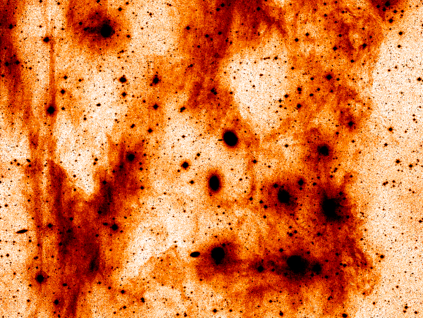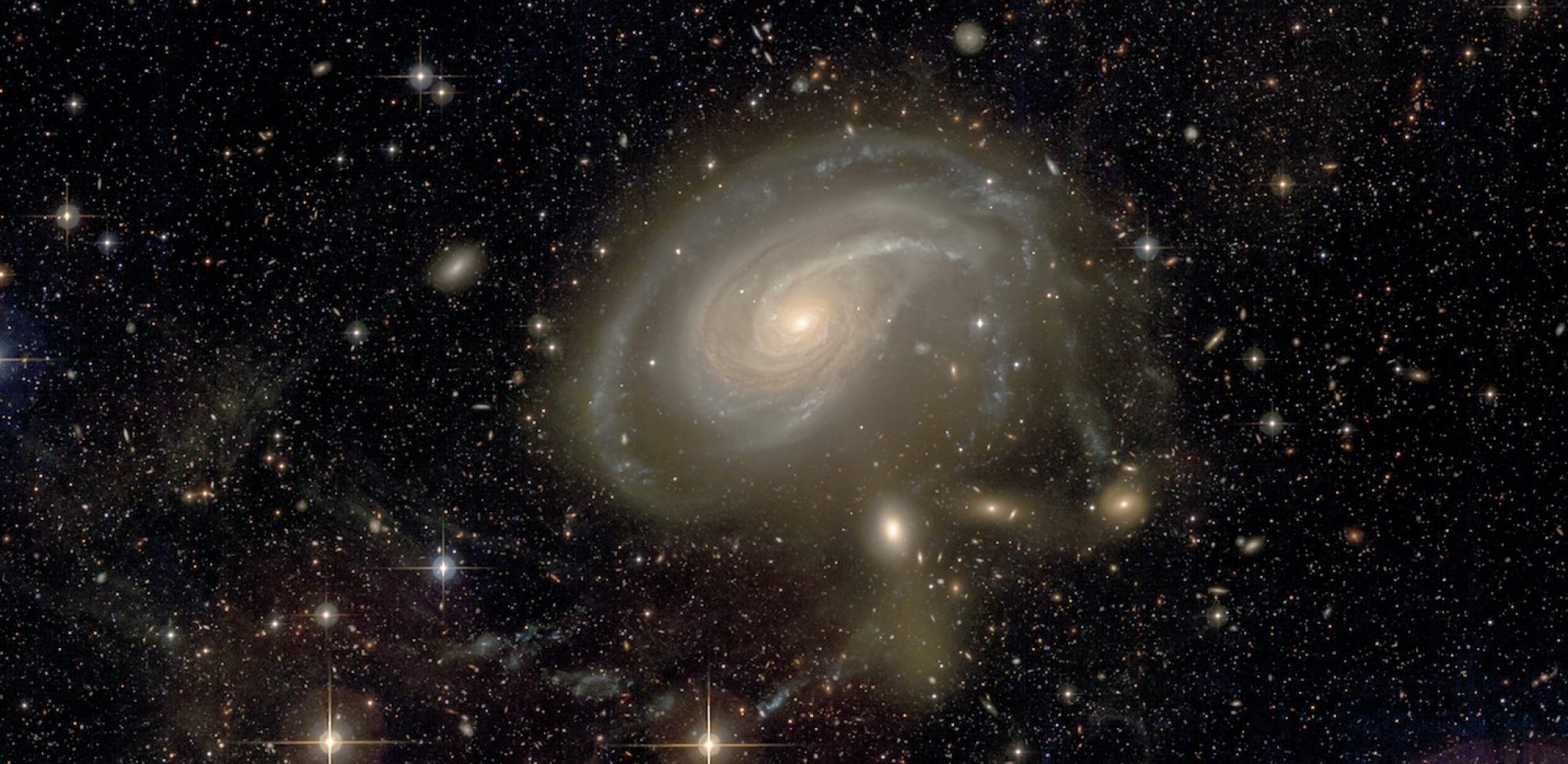
Diffuse Galactic light has been observed in the optical since the 1930s. We propose that, when observed in the optical with deep imaging surveys, it can be used as a tracer of the turbulent cascade in the diffuse interstellar medium (ISM), down to scales of about 1 arcsec. Here we present a power spectrum analysis of the dust column density of a diffuse cirrus at high Galactic latitude (l ~ 198 deg, b ~ 32 deg) as derived from the combination of a MegaCam g-band image, obtained as part of the MATLAS large programme at the CFHT, with Planck radiance and Wise 12 micron data.
The combination of these three datasets have allowed us to compute the density power spectrum of the HI over scales of more than three orders of magnitude. We found that the density field is well described by a single power law over scales ranging from 0.01 to 50 pc. The exponent of the power spectrum, gamma=-2.9 +- 0.1, is compatible with what is expected for thermally bi-stable and turbulent HI. We did not find any steepening of the power spectrum at small scales indicating that the typical scale at which turbulent energy is dissipated in this medium is smaller than 0.01pc. The ambipolar diffusion scenario that is usually proposed as the main dissipative agent, is consistent with our data only if the density of the cloud observed is higher than the typical values assumed for the cold neutral medium gas. We discuss the new avenue offered by deep optical imaging surveys for the study of the low density ISM structure and turbulence.
Published in Miville-Deschênes et al, 2016, A&A 593,4

